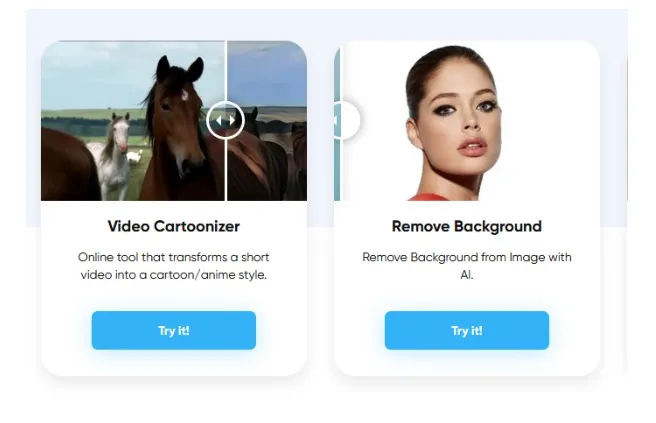Enhancing Press Photos Using AI: A Modern Approach to Visual Storytelling

In today’s fast-paced media environment, visuals are more than just supporting elements—they are the story. Press photos must grab attention, convey emotion, and maintain clarity under tight deadlines. However, not every captured moment is perfect straight out of the camera. This is where artificial intelligence (AI) plays a pivotal role, enabling journalists and editors to enhance image quality efficiently while preserving authenticity.
The Importance of High-Quality Press Images
Press photos often accompany breaking news, feature stories, or digital campaigns, and their quality can influence the credibility and reach of a publication. Blurry, poorly lit, or low-resolution images can diminish a powerful narrative. Editors need tools that not only improve image clarity but also maintain the integrity of the scene—especially in journalism, where accuracy is non-negotiable.
AI Tools Leading the Visual Enhancement Revolution
Artificial intelligence has brought forth a range of tools that make it easier than ever to enhance image quality. From facial detail reconstruction to background sharpening, AI-powered platforms can:
- Automatically upscale low-resolution images.
- Adjust lighting and shadows based on context.
- Remove noise while preserving textures.
- Inpaint missing or damaged parts of a photo.
The process is straightforward. You upload a photo, select the desired enhancement options or enlargement scale, and let the tool do the rest. Many tools support standard formats like JPG and PNG. Behind the scenes, AI analyzes the photo and applies deep learning algorithms trained on thousands of image patterns to reconstruct details and simulate a more refined result.
Ethical Considerations in Journalism Photography
When working with AI-enhanced visuals, transparency and ethical standards must be upheld. Tools like Image Upscaler are designed to respect the integrity of press photos by focusing solely on quality restoration. AI should never alter the fundamental truth of a press photo—only restore it to its best possible version. Enhancements like deblurring, correcting exposure, or restoring resolution are acceptable, but changing the actual content or misleading viewers with overprocessing is not.
Reputable AI enhancement tools offer features that are subtle and purpose-driven, allowing professionals to enhance image clarity without risking manipulation or misrepresentation.
Advantages of Using AI in Press Workflows
Here’s how integrating AI can streamline the newsroom’s visual workflow:
- Speed: AI tools drastically reduce the time needed for manual editing.
- Consistency: Uniform quality in photo releases across channels.
- Accessibility: Journalists with limited photo editing experience can still deliver polished results.
- Restoration: Old archives or damaged press images can be brought back to life.
Real-World Use Cases
Major media outlets and freelance journalists alike are adopting AI tools to bring professionalism and polish to their images. During high-pressure events—such as political rallies, natural disasters, or sports finals—capturing the moment is just step one. The ability to quickly enhance image quality before publishing ensures the story reaches audiences in its best visual form.
Final Thoughts: Responsible Use Is Key
AI is not a shortcut to falsify or glamorize press photography. It is, however, an intelligent assistant for professionals who demand both speed and quality. As these technologies continue to evolve, their role in photojournalism will likely become even more integral. Still, the goal remains clear: deliver truthful, powerful visuals that support the narrative—not distract from it.
